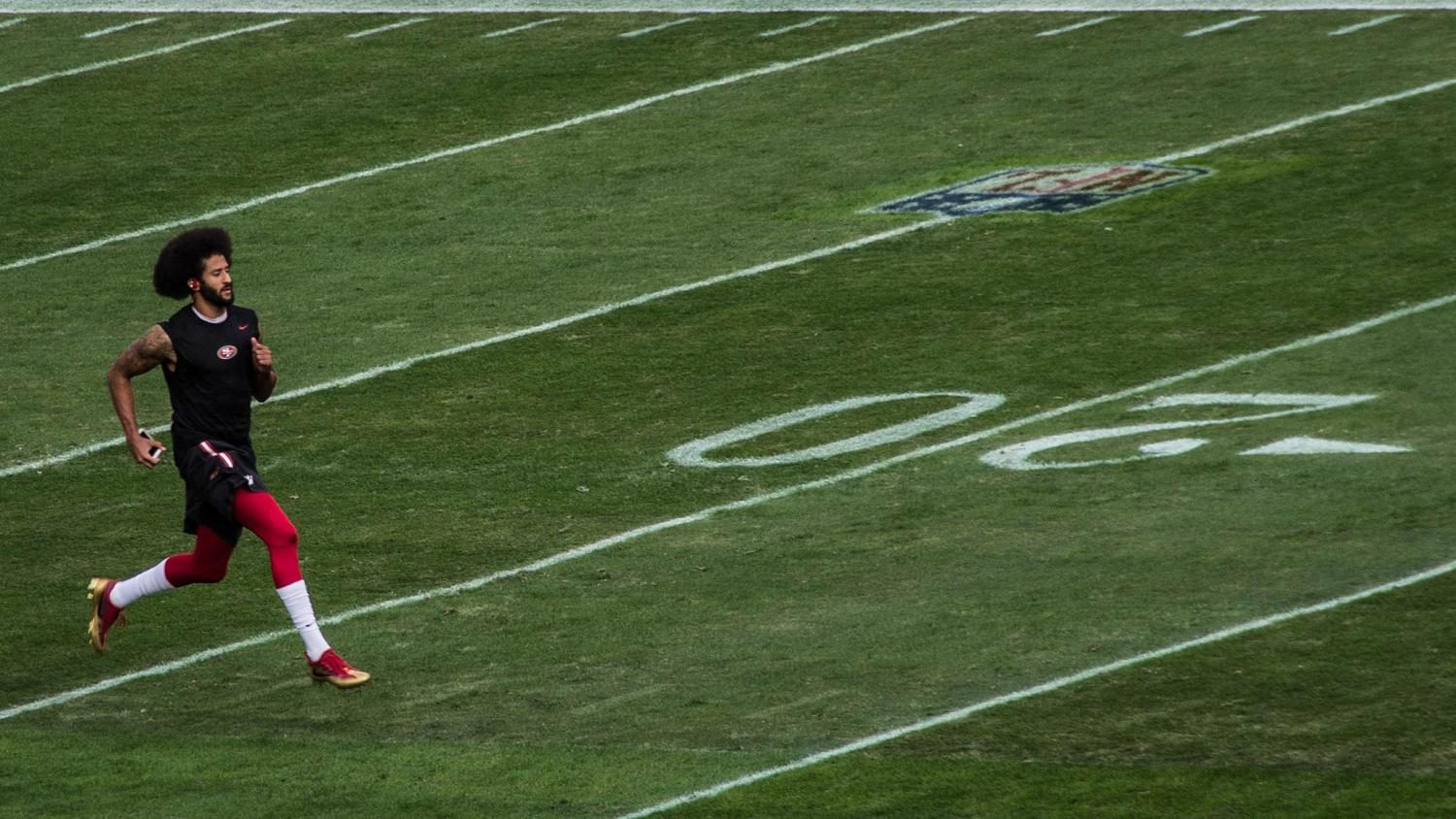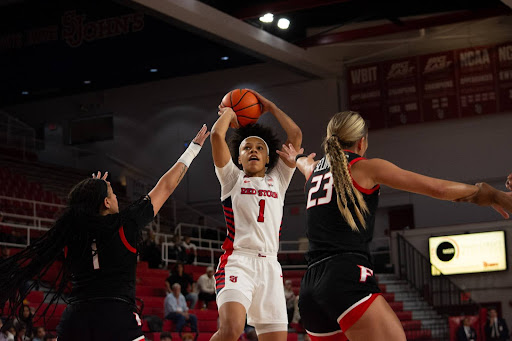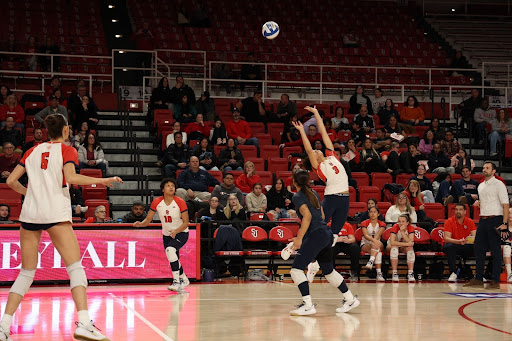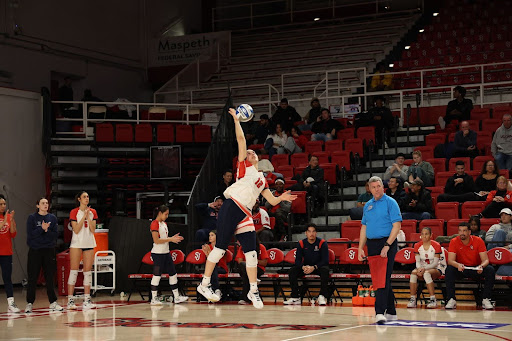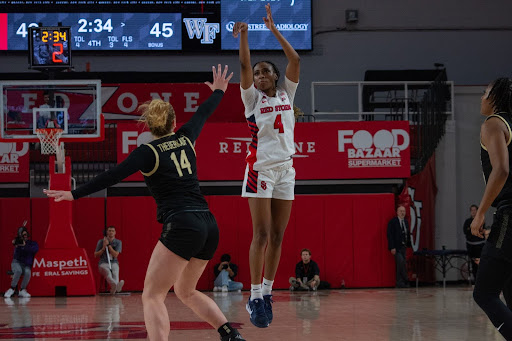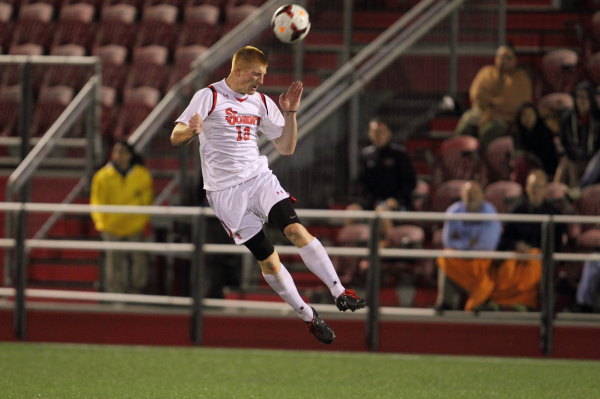The college football season is upon us again. This means millions of football fans will be on the edge of their seats until a national champion is crowned in January.
Here at St. John’s, students, faculty and fans haven’t had a football team since 2002 when the program, established back in 1884, was discontinued. So why would the University discontinue a relatively successful program that won more than 55 percent of its all-time games?
“At the time the University dropped football, men’s and women’s swimming; and men’s cross country, indoor and outdoor track [were also dropped]. It added men’s lacrosse,” St. John’s Athletic Director Chris Monasch told the Torch via email. “The funding from the discontinued programs was used to augment support of the other sports to allow them to compete in a challenging Big East Conference.”
In the interest of saving money the university was probably right to disband the program, as the costs to have a NCAA football program are extremely high. The rosters for football are larger, and the equipment costs are higher than any other collegiate sport. For example, businessinsider.com says it costs about $1,000 dollars to suit up each player on game day and the NCAA allows 105 players to suit up for home games. That’s a potential $105,000 spent just to give the players the necessary equipment to play the game.
Plus the university must insure the players in case of an injury and that can get extremely pricey. Last season, according to usatoday.com, a top tier program, like the University of Alabama, had athletic expenses of $116,607,913!
Additionally, it takes roughly 10 million dollars to generate a football program.
But as so many people know, New York City is not only one of the most important and well-respected cities in the world, it is also the Mecca of sports.
If St. John’s did reinstate the program, players could be recruited from all over the nation to play in the best city in the world with the biggest stage college football would have to offer.
According to bbstate.com, a website that provides “statistics, analysis tools and historical data for Division I coaches, scouts, media and fans,” St. John’s had athletic revenue in 2013 of $27.1 million. Whereas other universities in the Mid-Atlantic region, all of them in much smaller cities, had significantly higher revenues. Examples are Syracuse University’s revenue of $76.3 million, Rutgers University brought in $71.8 million dollars and the University of Connecticut raked in $63.3 million dollars.
The glaring difference between all three of the above mentioned schools and St. John’s is that they have football programs and we don’t. Such a program at St. John’s would have endless possibilities.
Picture the parking lot outside of Carnesecca Arena filled with thousands of tailgaters barbequing, wearing Red Storm Jerseys and throwing a football around before we play cross-town rival Fordham, or neighbors to the north Syracuse. A football program would bring so much life and excitement to campus.
But this is all just a dream scenario. It would take a lot of movers and shakers to get a football program running. Even if there was a lot of support for the re-instituting of the program, the administration would have to support it as well and at this present time there is no interest in backing football or any other sports for that matter.
“There are no plans to add any additional sports in the future,” Monasch said.
Despite the administration’s lack of plans, St. John’s could use a football team to not only bring in revenue, but also inspire students to be more spirited and enhance the athletic division. Football is a classic American pastime. Who doesn’t love football games under the lights on a Friday or Saturday night? It’s simple: football is a game that’s as necessary to fall as Halloween. Reinstating football is not just bringing back a sport, it’s bringing back an abandoned aspect of the St. John’s community.


